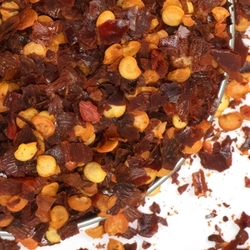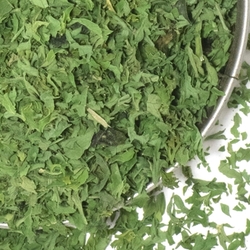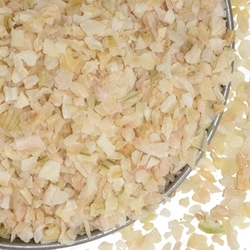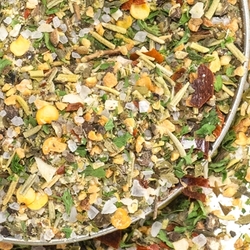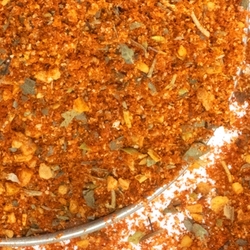The Worlds Healthiest Cuisines - Italy
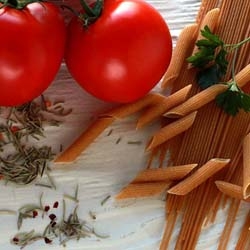
Table of Contents
The Worlds Healthiest Cuisines – Italy
Everyone is trying to eat healthier; news feeds and headlines are full of diets telling you to eat less, work more, count your macros, cut carbs and sugar. It can be difficult to cut through the noise. A diet, by definition, is food or drink that a person or community regularly consumes; it is habitual nourishment. Instead of adding emotional weight to a diet and think of it as a restrictive way to eat less food, the best way to make improvements in your own diet is to eat more quality ingredients that keep you fuller, longer. One way to do this is to buy healthy main ingredients and build your meals around them. Just because you’re eating healthier, you don't have to go hungry or sacrifice taste.
That brings us to one of the world's healthiest cuisines, which also happens to be one of my favorites: Italian. Italian cuisine goes back -- waaay back -- to the 4th century BCE. The first person who wrote about Italian-style cuisine was a Greek man named Archestratus, and he wrote about it in poetry. The author made note of the clean flavors of the food he ate in Italy, mainly in Sicily. He lauded the use of seasonal foods grown in Sicily's rich, volcanic soil, that tasted of the land and sea and were not bogged down by extraneous herbs and spices. According to Archestratus, this let the true flavors of the ingredients shine. Shortly after this, the Romans threw simplicity out the window. The oldest surviving cookbook of the Western world was written by Marcus Gavius Apicius, and this 10-volume set contained 470 recipes, all of which contain heavy doses of herbs and spices.
Staple Ingredients
Italian cuisine in Italy is much different than Americanized Italian food that you would get at your local restaurant. Traditional Italian food is generally miles away from lasagna and double cheese pizza, and instead, puts an emphasis on using fresh, local ingredients. Italian meals are healthy, simple and delicious. Staple ingredients in Italy include fish, beans, pasta, bread, gnocchi, rice, and hard, grating cheese. These are used in combination with herbs, root vegetables, flowers, seeds and fruits. Most dishes contain only 4 to 8 ingredients, and there is more of a focus on the quality of the food than on its presentation. Some of the more iconic Italian dishes, like Cacio e Pepe or Panzanella Salad, are examples of the Italian concept of cucina povera, or poverty cooking. Cucina povera seeks to take a handful of ingredients and make them as flavorful as possible, stretching food budgets and wasting as little as possible. Panzanella, for example, soaks old, stale bread that is inedible any other way, in oil and vinegar. That’s combined with fresh, seasonal vegetables for a hearty and nutritious, no-waste meal.
Italian Seasonings
Italian cuisine is known for its use of a variety of herbs and spices. Homemade sauces are enhanced with red pepper flakes, minced onion, oregano, basil and parsley.
Many Americans like to enjoy a fresh piece of Italian bread with olive oil with spice blends like our Tuscany Dipping Seasoning, Milan Dipping Seasoning and Sicilian Dipping Seasoning as a quick and easy appetizer. We often think this is Italian, but it definitely is not. In Italy, bread is not served in restaurants before the meal because it will fill you up. Olive oil is also not found on the table, because it is only used by the chef in the kitchen before your meal is brought to you. In private homes, a simple fett’unta (“oily bread”) can be found, which is a slice of bread that is heated over an open fire. It’s rubbed with garlic and finished with a splash of extra virgin olive oil and salt to taste. This is typically not found in restaurants because it is considered a much too simple food to waste time making when you go out to eat.
Meal Structure
American meal structure is much less complicated than Italian cuisine. Traditionally in the US, you have your appetizers of salad and/ or soup accompanied by fresh bread followed by a main course and then dessert. Italian cuisine, on the other hand has a pretty impressive structure for their meals.
Aperitivo – A glass of wine that is enjoyed before the appetizer in a large meal
Antipasto – a hot or cold appetizer
Primo – The first course which consists of a hot dish such as pasta or soup
Secondo – This is the main dish, which is typically meat or fish
Contorno – This is the side dish to the main dish. It consists of either cooked vegetables or a salad. Traditionally this is served at the same time as the main dish.
Formaggio e frutta – "cheese and fruits" – This is considered the first dessert
Dolce- Sweets such as cakes and cookies
Caffe – Coffee
Digestivo – Dessert liquor
Drinks Are Important, Too!
When it comes to a traditional Italian dinner, the meal isn't complete without a glass of wine with dinner and coffee with dessert, especially espresso. Italian wine has a very high importance not only in Italian cuisine, but in their culture as well.
Some of the oldest wine producing vineyards are located in Italy, and they produce the largest amount of wine annually by volume. This is most likely why wine is such a large part of Italian culture. Italian wines are categorized into four types including Vini, Vini Varietali, Vini IGP and Vini DOP. These classifications are determined by the area where the grapes are grown, the types of grapes used and the amount of the time wine is aged.
So now you know a little about real traditional Italian food, not just the super cheesy pasta dishes that you find at your local pizzeria. If you follow the guidelines of eating fresh, local produce as your main meal with the addition of small amounts of meat you'll be on your way to a healthier, yet still delicious diet.


